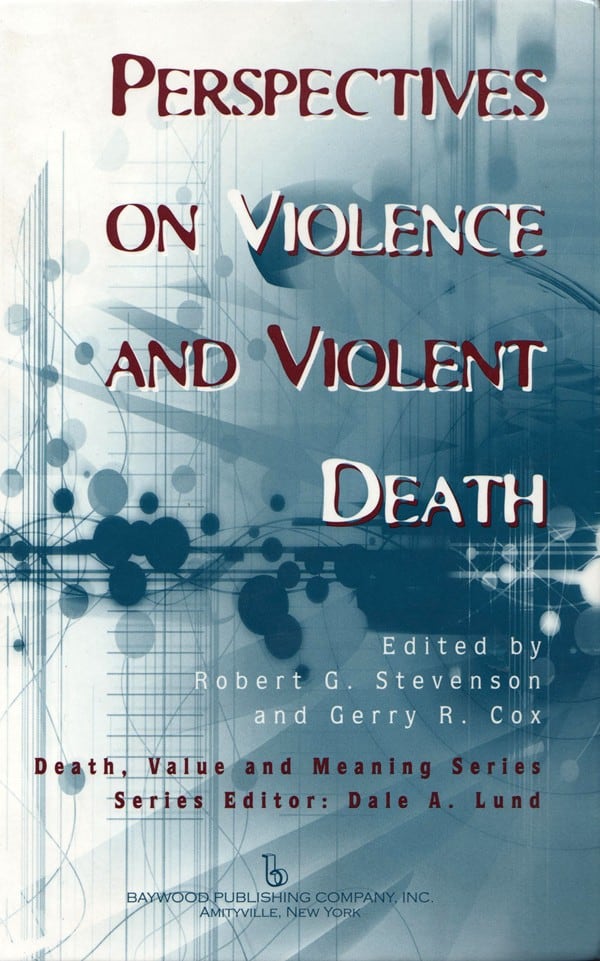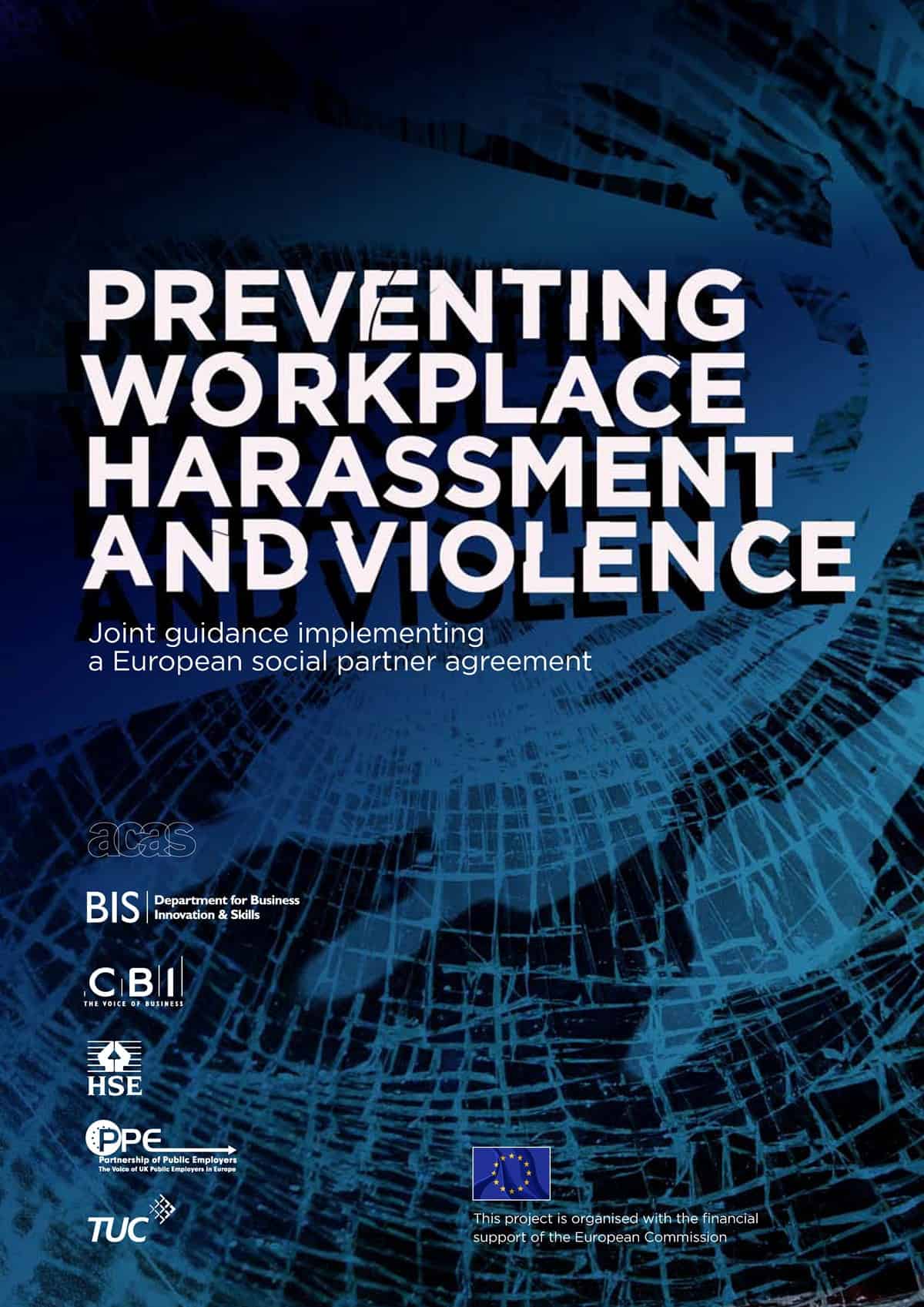Slips, trips and falls are often the neglected “bastard son” of occupational health and safety but the can cripple and can, literally cost an arm or a leg.
The traditional approach to control these hazards have been to make the working environment safer by mopping up spilled liquids, for instance, or be using a piece of equipment such as a stepladder, or in the long-term or in the beginning of a project, to design out hazards.
We also know that musculoskeletal disorders (MSD) make occur suddenly, and dramatically and painfully, but one’s body has accumulated weaknesses over time. The UK’s Health & Safety Executive (HSE) has released a research report that indicates a new approach to MSDs or at least a start. Continue reading “Biomarkers for musculoskeletal disorders”


